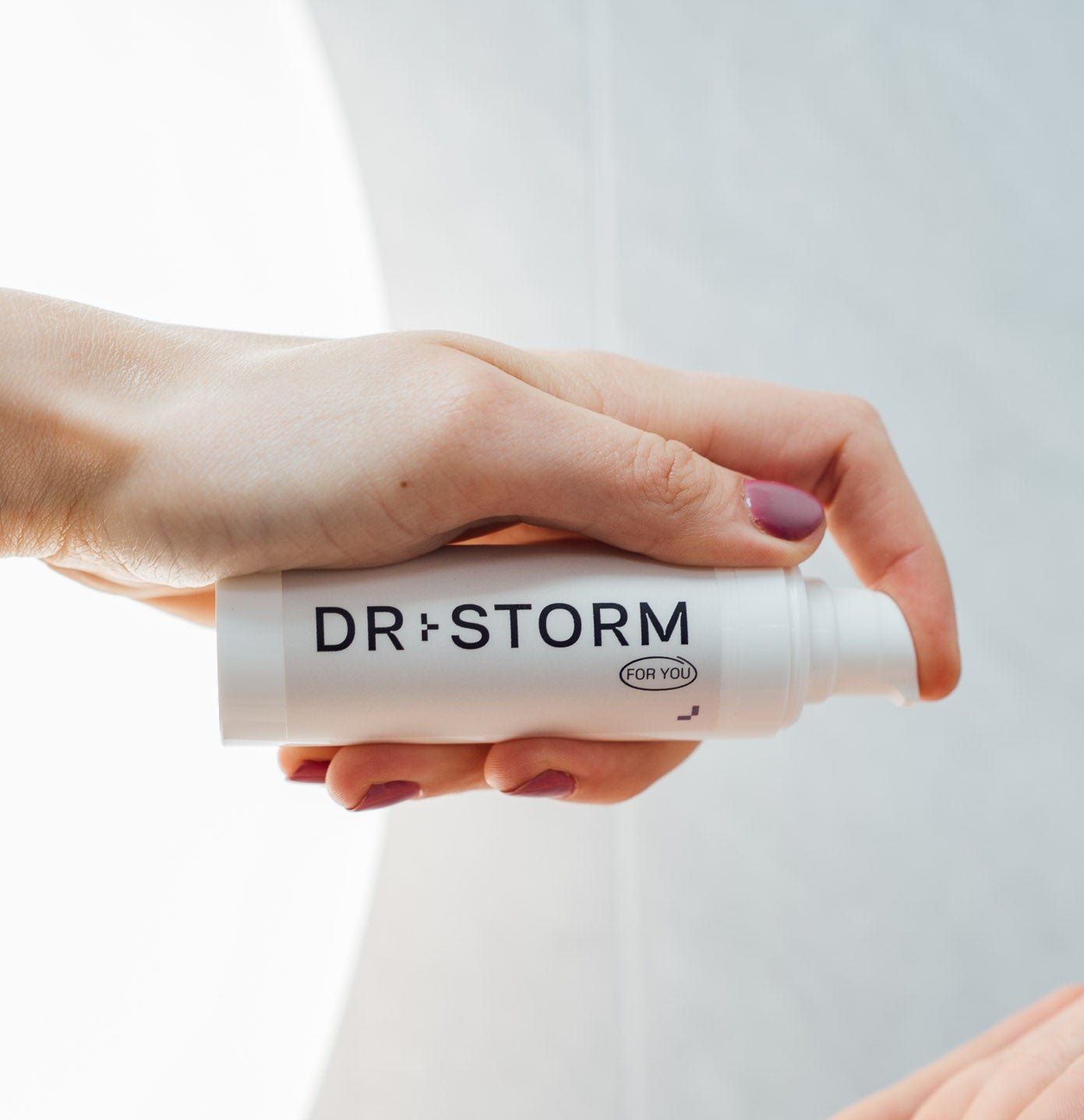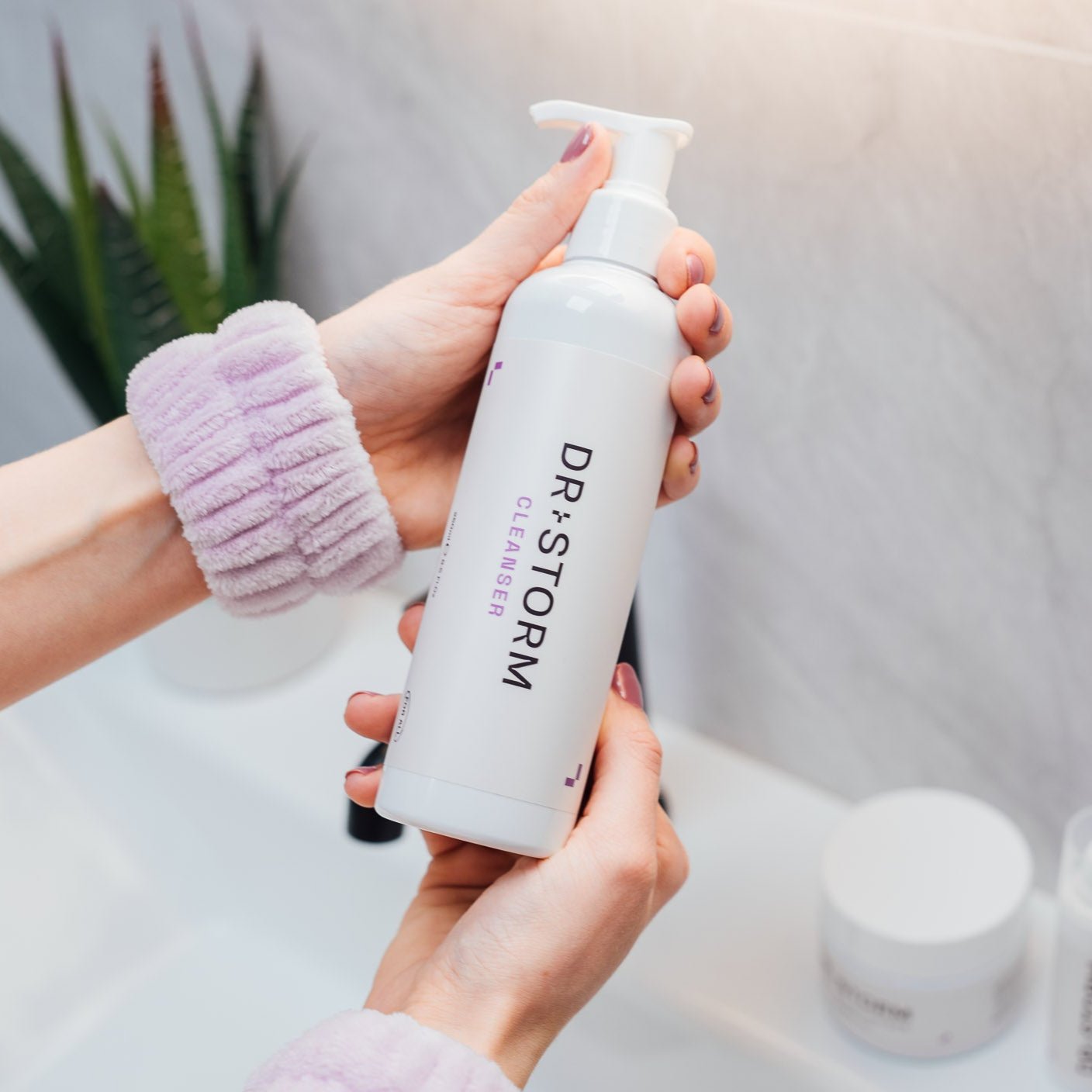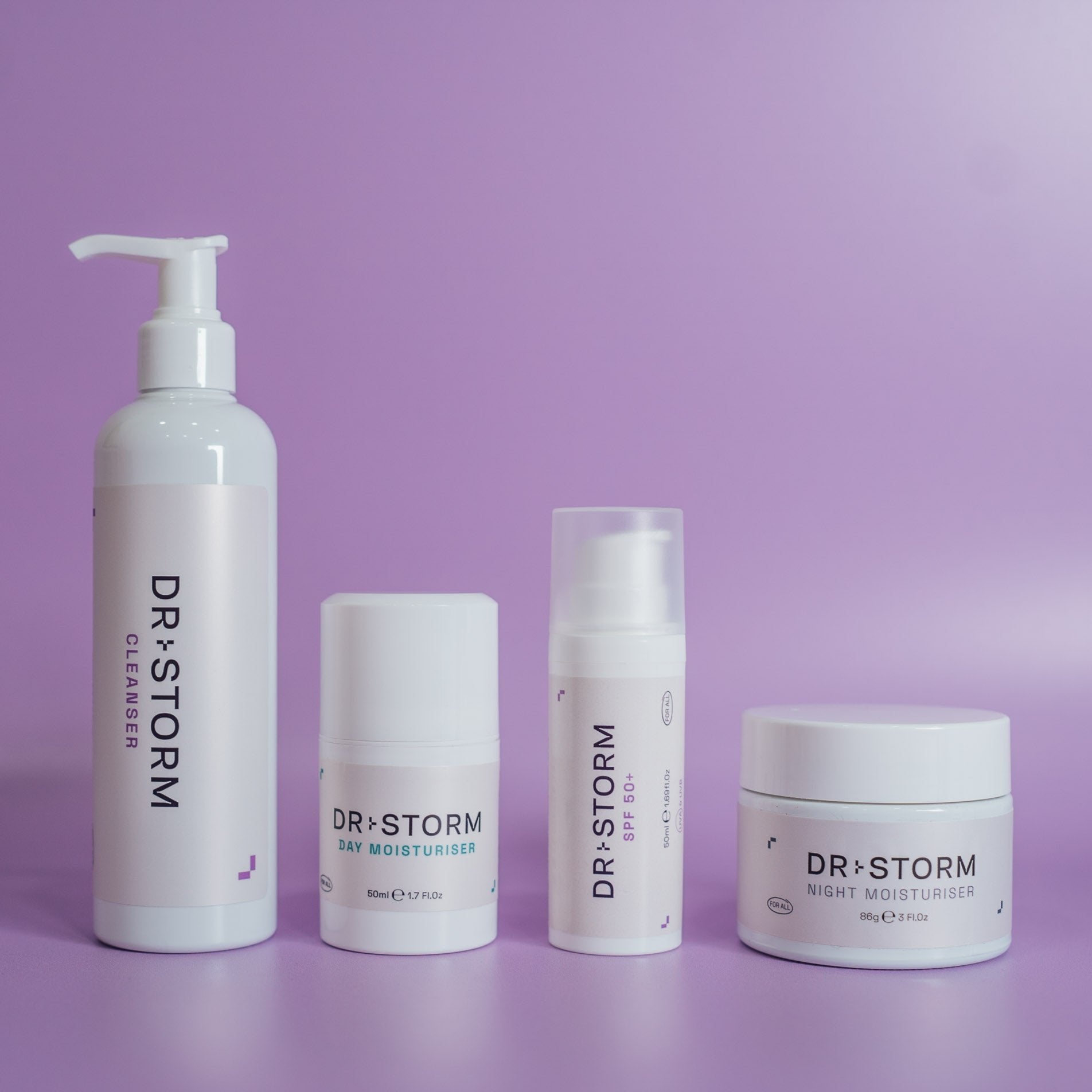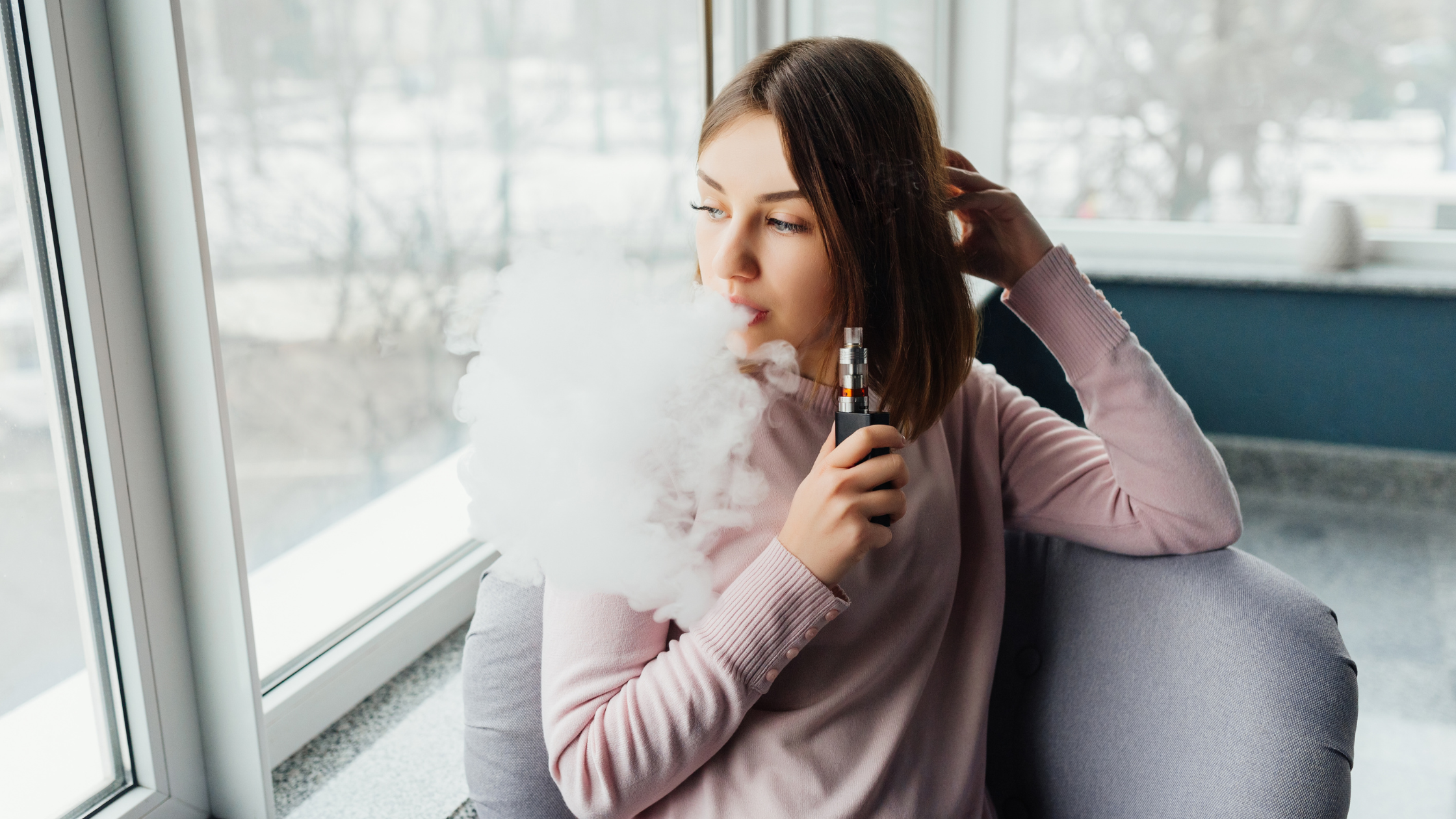When we think about skincare, sun protection is one of the most important factors to consider and if you’re using personalised skincare it’s even more vital to be using an SPF daily as prescription skincare can make your skin more sensitive to sun damage.
To coincide with the launch of our new SPF, we thought it would be a great idea to breakdown everything you might need to know about SPFs and sunscreen in this ultimate guide to SPF.
What is SPF?
SPF stands for Sun Protection Factor, and it is a measure of how well a sunscreen will protect your skin from the sun's harmful UV rays. Specifically, it measures how long it takes for UVB rays to cause redness on skin that has been covered with sunscreen compared to skin that has not been covered with sunscreen. For example, if it takes 10 minutes for your skin to turn red without sunscreen and you apply an SPF 50 sunscreen, it will take 50 times longer or 500 minutes for your skin to turn red. However, it's important to note that SPF only measures protection against UVB rays and does not indicate protection against UVA rays, which can also cause skin damage.
Why is sun protection so important?
URGENT: Protect Your Skin from Sun Damage!
Sun protection is crucial because exposure to UV rays can cause skin damage, premature aging, and even skin cancer. Every time you step outside, whether it's sunny or cloudy, your skin is at risk. Don't wait until it's too late to start protecting yourself. Incorporate sun protection into your daily routine and make it a priority. Your skin will thank you for it in the long run.
In this article we’ll break down everything you need to know about SPF’s including things to look out for, which factor is the best for protecting you and which SPF is best for different types of skin.
Understanding SPF
How is SPF Measured?
SPF is measured by comparing the amount of time it takes for UVB rays to cause redness on skin that has been covered with sunscreen to the amount of time it takes for UVB rays to cause redness on skin that has not been covered with sunscreen. For example, if it takes 10 minutes for your skin to turn red without sunscreen and you apply an SPF 50 sunscreen, it will take 50 times longer or 500 minutes for your skin to turn red. However, it's important to note that SPF only measures protection against UVB rays and does not indicate protection against UVA rays, which can also cause skin damage.
What’s the difference between different factors of SPF?
- SPF Factor 30: Provides 97% protection against UVB rays. This is the minimum level of protection recommended by dermatologists for daily use.
- SPF Factor 50: Provides 98% protection against UVB rays. This is a good option for those who spend more time outdoors or have fair skin.
- SPF Factor 100: Provides 99% protection against UVB rays. However, it's important to note that there is no sunscreen that can provide 100% protection, and that higher SPF levels do not necessarily mean longer protection. It's still important to reapply sunscreen regularly, regardless of the SPF level.
What’s the effectiveness of different factors of SPF?
The effectiveness of different SPF Factors depends on how long it takes your skin to turn red without sunscreen. SPF 30 provides 97% protection against UVB rays, which is the minimum level of protection recommended by dermatologists for daily use. SPF 50 provides 98% protection against UVB rays, making it a good option for those who spend more time outdoors or have fair skin. SPF 100 provides 99% protection against UVB rays, but it's important to note that there is no sunscreen that can provide 100% protection. Additionally, higher SPF levels do not necessarily mean longer protection, so it's still important to reapply sunscreen regularly, regardless of the SPF level.
Types of Sunscreen
Physical vs. Chemical Sunscreens
Physical sunscreens work by creating a physical barrier between your skin and the sun's rays. They contain active ingredients like zinc oxide and titanium dioxide, which sit on top of your skin and reflect the sun's rays away from your skin.
Chemical sunscreens, on the other hand, work by absorbing the sun's rays before they can penetrate your skin. They contain organic compounds like avobenzone and oxybenzone, which convert UV rays into heat and release it from your skin.
Both types of sunscreens can be effective at protecting your skin from the sun's harmful UV rays, but they work in different ways and may be more suitable for different skin types or preferences.
Pros and Cons of each type of sunscreen
Pros of Physical Sunscreens:
- Provide immediate protection upon application
- Less likely to cause skin irritation or allergic reactions
- Can be more stable in direct sunlight
Cons of Physical Sunscreens:
- Can be thicker and leave a white cast on the skin
- May need to be reapplied more frequently
- Can be more difficult to apply evenly
Pros of Chemical Sunscreens:
- Tend to be more lightweight and easier to apply
- Can offer more comprehensive protection against both UVA and UVB rays
- Can be more water-resistant
Cons of Chemical Sunscreens:
- Can take up to 20 minutes to become effective
- May cause skin irritation or allergic reactions
- Can break down in direct sunlight and be less effective over time
Which type of sunscreen is best for you?
There is no one-size-fits-all answer to the question of whether physical or chemical sunscreen is best. Both types of sunscreen can be effective at protecting your skin from the sun's harmful UV rays, but they work in different ways and may be more suitable for different skin types or preferences.
Some people may prefer physical sunscreens because they provide immediate protection upon application and are less likely to cause skin irritation or allergic reactions, while others may prefer chemical sunscreens because they tend to be more lightweight and easier to apply, and can offer more comprehensive protection against both UVA and UVB rays.
It's important to consider your skin type, preferences, and needs when choosing a sunscreen and to consult with a dermatologist if you have any concerns. The correct sunscreen for you is the one you should wear every day, in the correct amount. Most of us don't use enough!
How to Choose the Right Sunscreen
How to understand sunscreen labels
When reading sunscreen labels, there are a few key terms to look for:
Broad-spectrum: This indicates that the sunscreen protects against both UVA and UVB rays.
SPF: This stands for Sun Protection Factor and measures the level of protection against UVB rays. Look for a minimum of SPF 30 for daily use.
Water-resistant: This indicates that the sunscreen will stay on your skin for a certain amount of time while swimming or sweating. However, it's important to note that no sunscreen is completely waterproof or sweat-proof, so be sure to reapply regularly.
It's also important to read the ingredient list and avoid any ingredients that you may be allergic or sensitive to.
Things to consider when choosing sunscreen
When choosing a sunscreen, there are several factors to consider, including:
- SPF level: Look for a sunscreen with an SPF of at least 50, as this provides adequate protection for daily use.
- Broad-spectrum protection: Make sure the sunscreen offers protection against both UVA and UVB rays.
- Skin type: Consider your skin type when choosing a sunscreen. If you have sensitive skin, you may want to choose a physical sunscreen with zinc oxide or titanium dioxide. If you have oily skin, you may prefer a lightweight, oil-free formula.
- Water resistance: If you plan to be in the water or sweating, look for a water-resistant sunscreen that will stay on your skin for longer.
- Ingredients: If you have allergies or sensitivities to certain ingredients, make sure to check the label and choose a sunscreen that is free of those ingredients.
Keep these factors in mind when choosing a sunscreen to ensure that you are protecting your skin effectively.
Which sunscreen is best for your skin type?
For Dry Skin: Those with drier skin tend to like sunscreens with a heavier base and contain moisturising ingredients like glycerin. Some good options include Neutrogena Hydro Boost Water Gel Lotion Sunscreen and La Roche-Posay Anthelios Melt-In Milk Sunscreen.
For Oily Skin: People with oilier skin often prefer the feel of lightweight sunscreens that don't leave a greasy residue. Some good options include EltaMD UV Clear Facial Sunscreen and Supergoop! Unseen Sunscreen.
For Sensitive Skin: Look for sunscreens that are free of fragrances, preservatives, and other potential irritants. Some good options include Blue Lizard Sensitive Mineral Sunscreen.
For Dark Skin: Look for sunscreens that are specifically formulated for dark skin tones and won't leave a white or gray cast. Some good options include Black Girl Sunscreen and Unsun Mineral Tinted Sunscreen.
Regardless of your skin type, it's important to choose a sunscreen with an SPF of at least 50 and broad-spectrum protection against UVA and UVB rays.
How to Apply Sunscreen
How much sunscreen should you apply?
The American Academy of Dermatology recommends applying enough sunscreen to cover all exposed skin, which is approximately one ounce or enough to fill a shot glass. Be sure to apply sunscreen to all areas that will be exposed to the sun, including your face, ears, neck, arms, and legs.
How often should you reapply sunscreen?
It's important to reapply sunscreen regularly, especially if you are swimming or sweating. The American Academy of Dermatology recommends reapplying sunscreen every two hours or immediately after swimming or sweating.
Tips for applying sunscreen effectively:
- Apply sunscreen at least 15 minutes before sun exposure to allow it to fully absorb into your skin.
- Use a broad-spectrum sunscreen with an SPF of at least 50, and make sure to cover all areas that will be exposed to the sun.
- Don't forget to apply sunscreen to your ears, neck, and any other areas that are often overlooked.
- Consider using a lip balm with SPF to protect your lips.
- Reapply sunscreen regularly, especially if you are swimming or sweating.
- Remember that sunscreen often won't completely protect you…the best defence against UV is staying out of it, seeking shade and wearing protective clothing!
SPFs and Prescription Skincare
SPFs and Tretinoin
Tretinoin is a medication often used to treat acne and other skin conditions. It can make your skin more sensitive to the sun's rays for the first 3-6 months of use, which means that you may need to use a higher SPF sunscreen or reapply more frequently when using this medication. Longterm consistent use of tretinoin can actually offer a sun protection factor.
If you use tretinoin, it's important to be aware that you should apply it in the evenings as it can be broken down by UV.
SPFs and Hydroquinone
Hydroquinone is the gold standard topical treatment for pigmentation commonly caused by sun damage and hormonal melasma. Hyperpigmentation is due to excess melanin in the skin. UV causes an increase in melanin production by skin cells called melanocytes. Melanocytes convert amino acid tyrosine into melanin using the enzyme tyrosinase. Hydroquinone blocks this enzyme stopping melanin production. If you use hydroquinone, it's imperative you use an SPF of at least 50, but more importantly stay out of the sun as much as possible.
SPF will not protect you from producing pigment, it's purpose it to stop you from burning.
Hydroquinone can make your skin more sensitive to the sun's rays, which means that you may need to use a higher SPF sunscreen or reapply more frequently.
Sun Protection Tips
Other ways to protect your skin from the sun
Aside from using sunscreen, there are several other ways to protect your skin from the sun:
- Seek shade: Stay in the shade as much as possible, especially during peak sun hours from 10 a.m. to 4 p.m.
- Wear protective clothing: Cover up with long-sleeved shirts, trousers, and wide-brimmed hats to protect your skin from the sun's harmful rays.
- Use sunglasses: Wear sunglasses that block at least 99% of both UVA and UVB rays to protect your eyes and the delicate skin around them.
- Avoid tanning beds: Tanning beds emit harmful UV radiation that can damage your skin and increase your risk of skin cancer.
- Be mindful of medications: Some medications can make your skin more sensitive to the sun's rays, so be sure to read the labels and take necessary precautions.
- Check your skin regularly: Perform regular skin self-exams and visit your doctor or a dermatologist if you notice any changes in your skin, such as new moles or changes in existing moles.
Incorporating these sun protection strategies into your daily routine can help protect your skin from the sun's harmful UV rays and reduce your risk of skin damage and skin cancer.
What have we learned?
Sun protection and SPF are crucial for protecting your skin from the harmful effects of UV rays. Exposure to these rays can cause skin damage, premature aging, and even skin cancer. SPF measures how well sunscreen will protect your skin from UVB rays, but it's important to note that it does not indicate protection against UVA rays. When choosing a sunscreen, look for broad-spectrum protection against both UVA and UVB rays, with an SPF of at least 50. Incorporating sun protection into your daily routine and being mindful of other protective measures can help keep your skin healthy and reduce your risk of skin damage and skin cancer.
Try and remember these recommendations to keep in mind for sun protection:
- Incorporate sun protection into your daily routine.
- Choose a sunscreen with broad-spectrum protection against both UVA and UVB rays and an SPF of at least 50.
- Apply enough sunscreen to cover all exposed skin and reapply every two hours or immediately after swimming or sweating.
- Seek shade as much as possible, especially during peak sun hours from 10 a.m. to 4 p.m.
- Wear protective clothing such as long-sleeved shirts, pants, and wide-brimmed hats and sunglasses that block at least 99% of both UVA and UVB rays.
- Avoid tanning beds, as they can emit harmful UV radiation.
- Check your skin regularly for changes and visit your doctor or a dermatologist if you notice anything suspicious.
- Understand which SPFs will work best for your skin type…the SPF for you is the one you will wear religiously!
Remember, sun protection is crucial for protecting your skin from the harmful effects of UV rays, so make it a priority in your daily routine.
Dr Storm have formulated a new SPF that is made specifically to work alongside our custom formula prescription skincare - complete your skincare routine with Dr Storm SPF







